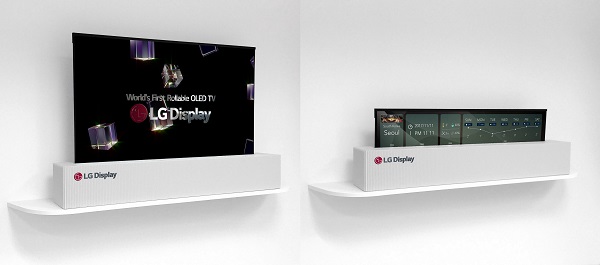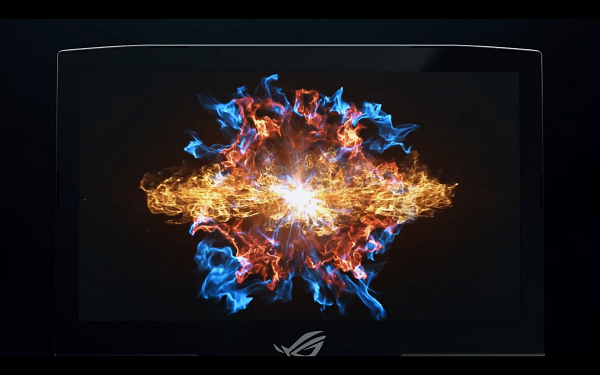Before we can see real Micro LED, sized below 100µm, Mini LED (100-250µm) will be rolled out to the market first. People must be curious about which consumer electronics will Mini LED choose and how will it enter those markets.
Last month, we covered how OLED oversupply will affect opportunity of Mini LED in smartphone display market. So, we know that smartphone screen can be an option for Mini LED. In fact, apart from that, Mini LED suppliers can also factor in TV, laptop, and computer monitor. What’s more, OLED in those markets appears as a less threatening competitor. Mini LED has a chance to grab larger shares and its presence in those market can last longer and be less affected by the OLED oversupply.
OLED TV is actually having a hard time
 |
|
(Image: LG Display) |
For firms developing Mini LED, TV is obviously a better market than smartphone display. Why is that? The answer lies in the dynamic of OLED TV.
Let’s take a look at the penetration of OLED in both the smartphone display and TV markets. According to Witview, a research division of TrendForce, the penetration rate of OLED in the smartphone screen space has reached 25% in 2017, while that in the TV space was less than 1% (0.7%). If converted to number of units, a 0.7% penetration is approximately equal to 1.5 million TVs out of an overall 210 million TVs last year.
The amount of OLED TVs is too small to pose as a threat to or even stop the entry of Mini LED in the TV market. Those 1.5 million OLED TVs are pretty much in three main sizes: 55”, 65”, and 77”; and they only take the premium segment. A large market base is left for Mini LED to explore.
Also, even in the same segment, it can still compete with OLED. OLED TV makers and sellers actually find it hard to expand their scale in the market. A few reasons might explain it. Firstly, the production yield does not see enough improvement. That adds more difficulty to not only the attempt to enhance the resolution, from 4K to 8K for example, but the goal to push up the TV size to over 77 inches.
Most of the Gen 8.5 lines are currently still producing OLED TVs through the deposition process to layer organic light emitting materials. When producing an large scale OLED TV with this technology, companies fail to control the evenness of the OLED layer for a large area. The poor yield has kept the production cost really high and made the companies give up the large scale TV space.
What OLED companies can not do can be achieved by Mini LED suppliers and their partners. As Mini LED serves as backlight for TV, size is not a problem for it. Only the number of LEDs used matters. The cost spent on increasing used LEDs is surely less than that spent on producing a large OLED TV panel.
In terms of specification, Mini LED-lit TVs might not be as thin as OLED TVs, but they have color contrast and saturation capabilities as good as those of OLED TVs.
Laptop and computer monitor are good choices, too
On March 8, Taiwan-based AUO showcased its Mini LED-based products, including a 27-inch gaming monitor, a 15.6-inch gaming laptop, and a 2-inch screen for VR headsets.
In addition to TV, laptop and computer monitor are two markets Mini LED can explore. They are markets out of the reach of OLED makers.
OLED is more suited to be used for animated images. The organic light emitting materials cause burn-in issues when changing images after a long pause. Except for gaming computers, laptops and computers are, most of the time, used for doing tasks, which means the screen would not change all the time.
However, the major reasons why OLED firms do not choose these applications lies in the relation between cost and profit. Nowadays, a high-end laptop is priced almost the same as a high-end smartphone, while the former needs a larger OLED screen. A 27-inch computer monitor is only sold at around USD 250-450. The life cycles of both a laptop and a monitor is way longer than that of a smartphone. Are laptop and computer good choices for OLED? Definitely no.
But the situation is different at the side of Mini LED. Companies are now able to push down the number of Mini LEDs used in backlights for laptops and monitors to maintain the cost at a competitive level. The advantage of cost control might not only help Mini LED win the regular laptop/computer monitor market but also the gaming laptop/computer monitor one from OLED.
Read also:













